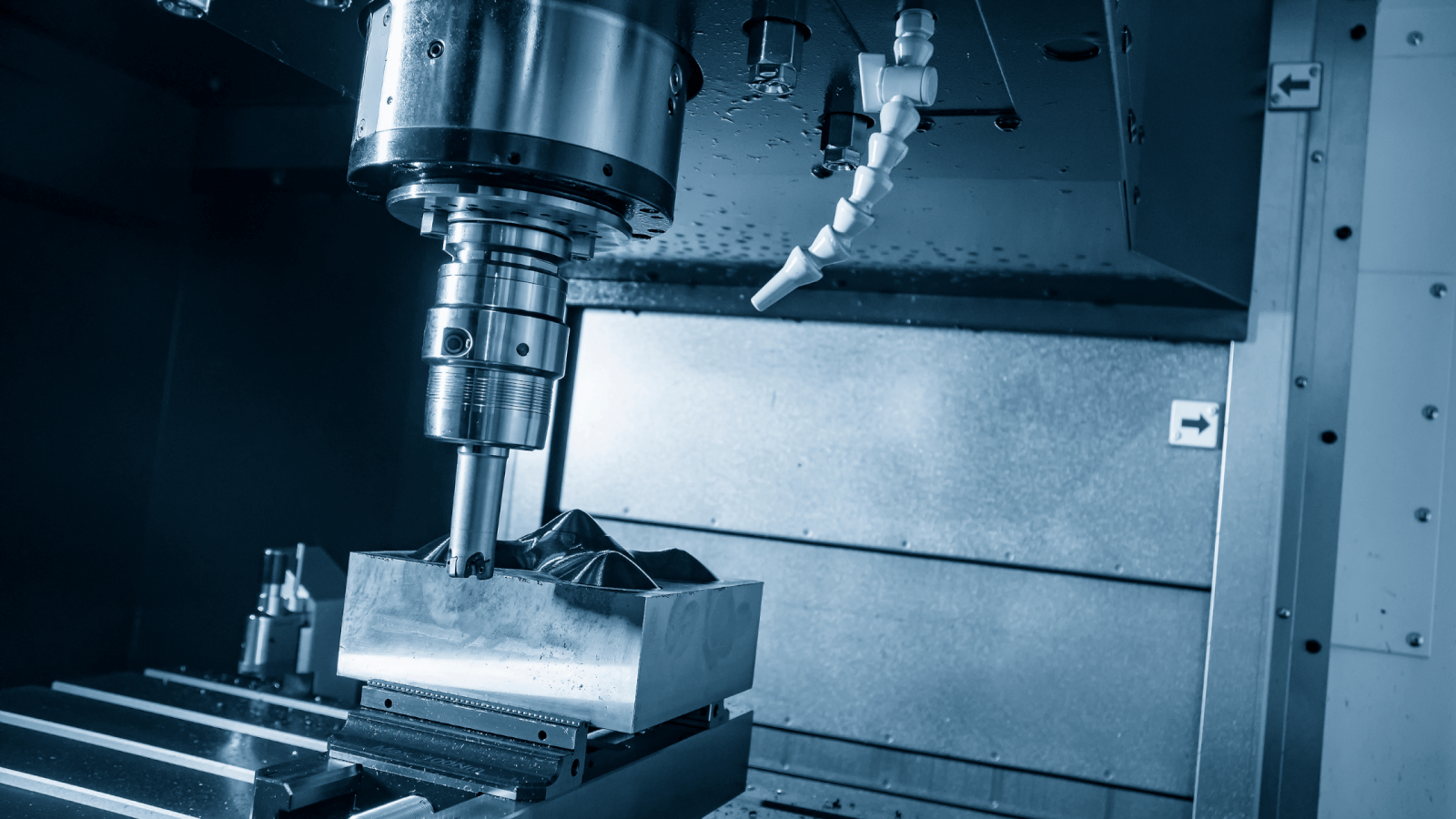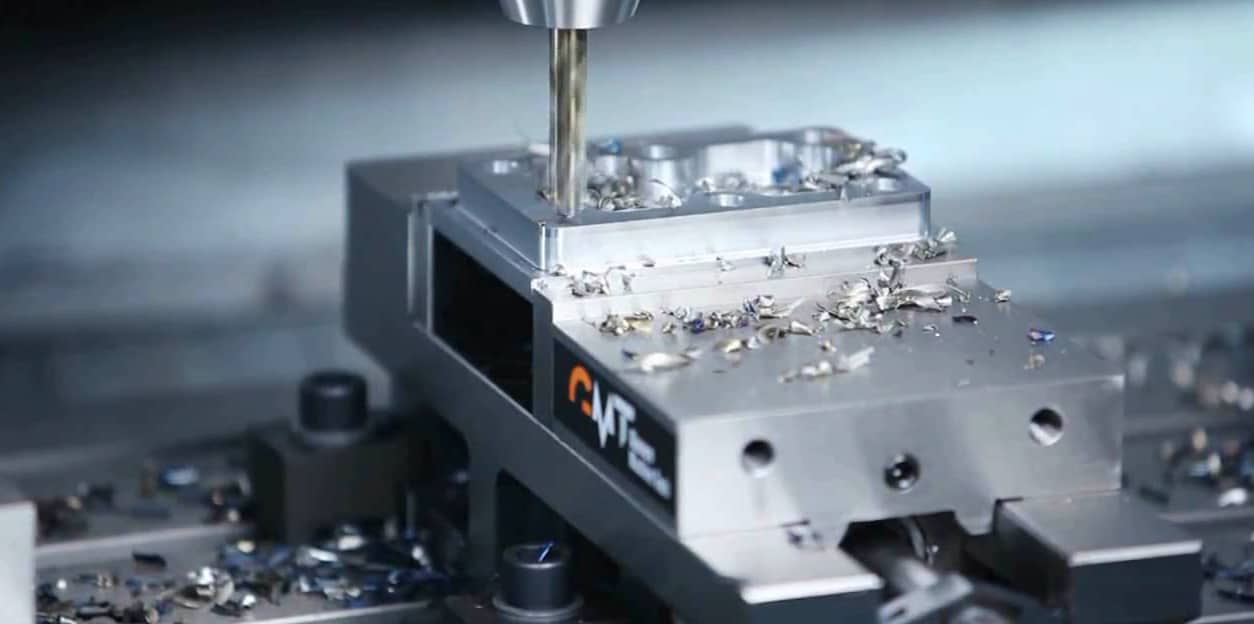Keeping your milling machine clean is absolutely crucial for its performance and longevity. By understanding how to clean milling machine properly, industry QA professionals can ensure their equipment remains in excellent condition. This guide will walk you through the steps and best practices for cleaning and maintaining a milling machine.

Table of Contents
- Why Cleaning is Important
- Safety First
- Required Materials
- Pre-Cleaning Preparation
- Step-by-Step Guide
- Cleaning the Exterior
- Cleaning the Interior
- Lubrication and Maintenance
- Dealing with Stubborn Stains
- Maintenance Tips
- Common Mistakes to Avoid
- Troubleshooting Issues
- Equipment Inspection
- Advanced Cleaning Techniques
- FAQ
Why Cleaning is Important
Maintaining a clean milling machine is essential for several reasons. A clean machine ensures accuracy, maintains safety, extends the machine’s life, and helps in identifying any parts that might need repair. A well-kept machine improves productivity and reduces downtime.
Safety First
Before you start the cleaning process, it is important to follow safety protocols. Turn off the machine and disconnect it from power. Wear protective gear, such as gloves and safety goggles, to protect yourself from any harmful substances or sharp edges.
Required Materials
- Cleaning cloths
- Brushes of various sizes
- Degreaser
- Lubricant
- Water and mild detergent
- Shop vacuum
- Safety gear
Pre-Cleaning Preparation
Before you begin cleaning, its important to prepare the milling machine. Remove any large debris or leftover materials from the machine. Secure moving parts and ensure all electrical components are safely covered to prevent water damage.
Step-by-Step Guide
Cleaning the Exterior
Cleaning the exterior of the milling machine involves wiping down surfaces with soft cloths and a mild detergent solution. This removes dust, dirt, and grime. Use brushes to clean hard-to-reach areas.
Cleaning the Interior
For the interior, use a degreaser to clean metal surfaces. Apply the degreaser and let it sit for a few minutes before wiping it away. Use a vacuum to remove any metal shavings or dust. Ensure all moving parts are clean and free from debris.
Lubrication and Maintenance
Lubrication is a crucial step in maintaining the milling machine. Apply lubricant to all moving parts after cleaning to ensure smooth operation. Regular maintenance checks should be conducted to identify any wear and tear.
Dealing with Stubborn Stains
Stubborn stains may require additional effort to remove. Use a stronger cleaning solution or a dedicated stain remover. Always ensure the cleaning products you use are safe for your specific milling machine model.
Maintenance Tips
To keep your milling machine in top condition, follow these maintenance tips:
- Perform regular inspections
- Keep a cleaning schedule
- Replace worn-out parts promptly
- Ensure proper lubrication
Common Mistakes to Avoid
Avoid these common mistakes when cleaning your milling machine:
- Using harsh chemicals that can damage the machine
- Neglecting to turn off the power
- Skipping lubrication
- Overlooking hidden areas
Troubleshooting Issues
Sometimes, problems arise despite regular cleaning. If you encounter issues such as unusual noises or decreased performance, consult the machine’s manual or seek professional assistance.
Equipment Inspection
Regular inspections can help detect problems early. Check for loose bolts, belts, or abnormal wear. Maintaining a logbook with inspection dates, findings, and actions taken can be very beneficial.
Advanced Cleaning Techniques
For more thorough cleaning, disassemble parts of the machine as per the manuals instructions. Use specialized tools and cleaning agents designed for precision equipment. However, only perform this if you have sufficient knowledge or contact a professional.

FAQ
How often should I clean my milling machine?
It depends on the frequency of use. Generally, after each use is ideal, but at least once a month for heavy usage.
Can I use household cleaning products?
Its best to use products specifically designed for metal and machinery to avoid any potential damage.
What should I do if I notice an issue during cleaning?
Stop using the machine and inspect it thoroughly. Refer to the manual or seek professional help if necessary.